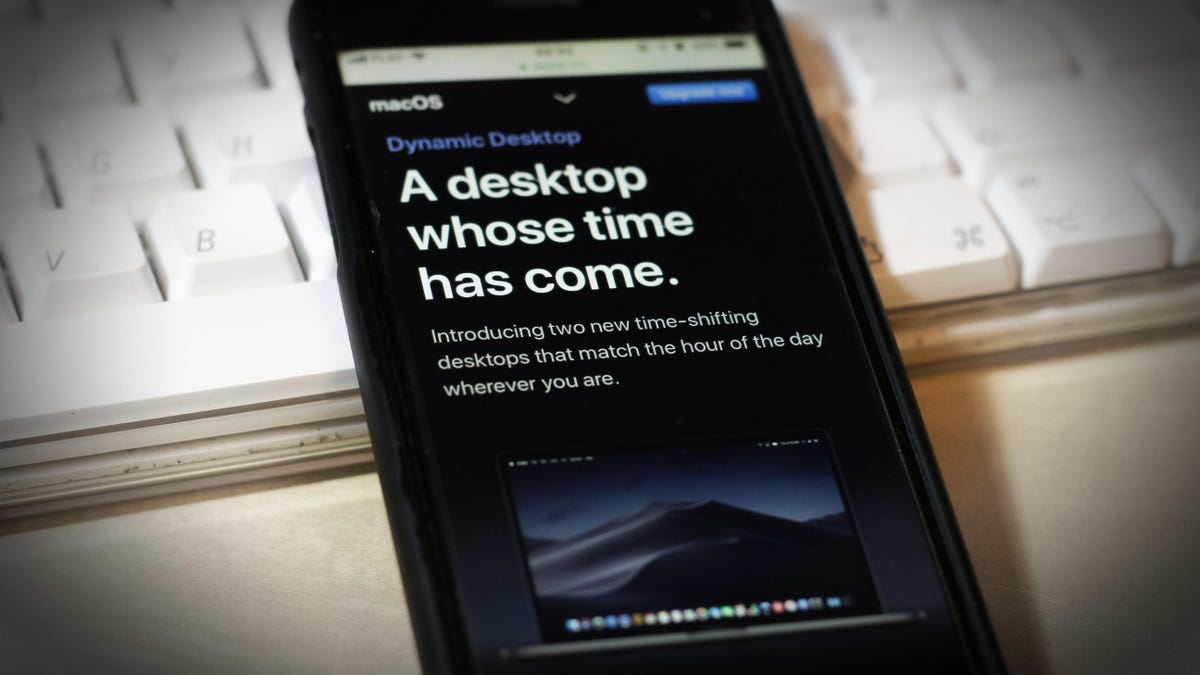Short Summary
The macOS app called NightOwl, originally designed to provide a night mode feature for Macs, has turned into a malicious tool that collects users’ data and operates as part of a botnet. Originally well-regarded for its utility, NightOwl was bought by another company, and a recent update introduced hidden functionalities that redirected users’ data through a network of affected computers. Web developer Taylor Robinson discovered that the app was running a local HTTP proxy without users’ knowledge or consent, collecting users’ IP addresses and sending the data to third parties. The app’s certificate has been revoked, and it is no longer accessible. The incident highlights the risks associated with third-party apps that may have malicious intentions after updates or ownership changes.
Longer Summary
The NightOwl app was developed by Keeping Tempo, an LLC that went inactive earlier this year. The app was recently found to have been turned into a botnet by the new owners, TPE-FYI, LLC. The original developer, Michael Kramser, claims that he was unaware of the changes to the app and that he sold the company last year due to time constraints.
Gizmodo was unable to reach TPE-FYI, LLC for comment. However, the internet sleuth who discovered the botnet, Will Robinson, said that it is not uncommon for shady companies to buy apps and then monetize them by integrating third-party SDKs that harvest user data.
Robinson also said that it is understandable why developers might sell their apps, even if it means sacrificing their morals. App development is both hard and expensive, and for individual creators, it can be tempting to take the money and run.
This is not the first time that a popular app has been turned into a botnet. In 2013, the Brightest Flashlight app was sued by the Federal Trade Commission after allegedly transmitting users’ location data and device info to third parties. The developer eventually settled with the FTC for an undisclosed amount.
In 2017, software developers discovered that the Stylish browser extension started recording all of its users’ website visits after the app was bought by SimilarWeb. Another extension, The Great Suspender, was flagged as malware after it was sold to an unknown group back in 2020.
All of these apps had millions of users before anyone recognized the signs of intrusion. In these cases, the new app owners’ shady efforts were all to support a more-intrusive version of harvesting data, which can be sold to third parties for an effort-free, morals-free payday.
Possible Takeaways
-
Minimize the software you use
-
Keep track of ownership changes
-
Use software from only the most reputable sources
-
Regularly review installed apps
-
Be suspicious about app’s unexpected behaviors and permissions
- Use software from only the most reputable sources
everyone using brand new lemmy apps from random developers: 👀
Yeah, this is definitely a problem with brand new services, especially when the native app isn’t appealing. For example, I use Liftoff for Lemmy. Open-sourced✅ In official Appstore✅ Relatively transparent who the developer is✅ No special permission starting off✅ Relatively few downloads📛 .
When a mobile app doesn’t ask for permissions, it’s definitely less nerve-racking than the more permissive desktop environments where the apps don’t have to be special to do considerable damages.
At least we can be rest assured that the core lemmy devs, being communists at the very least, probably won’t sell out lemmy to profit-chasing scummy companies.
Sweats in ZA/UM
It’s open source, so there’s only so much they can sell out
Most of the apps and devs came over from reddit, they’ve got a history
Agreed. But FOSS apps for Lemmy exist, use one of those!
I do, but I have no computer science knowledge. I have no way of checking anything and have to rely on others to make sure the developer is trustworthy. I know there are people doing this, but it’s on their own time, they’re volunteering their effort. They may not be monitoring the specific app I’m using, or maybe they’ll be tired from work and won’t check the most recent update until it’s too late and a lot of people installed malware.
Maybe I’m completely wrong about this, like I said this is not my field.
Well, yes, but the reality is that the crowd-sourced aspect of it is what protects you. But you’re right, there’s always an element of risk!
Using chrome, meta, Microsoft, Apple,… tiktok 👀
But they look better than jerboa! =,[
I appreciate the “take aways” section trying to put on a positive spin, but there’s essentially no way for a regular user to track this. There is also no real technical solution that protects against this and encourages timely application of patches.
We are, with a technical term, screwed.
True.
-
Automatic patch => automatic installation of malware
-
Manual patch => unpatched vulnerabilities
Screwed either way.
-
I always get paranoid when I notice an app I use having unusual updates.
Example: The gallery app for Android I use, F-Stop, used to post infrequent updates with changelog only stating “stability updates” and such, or nothing. Then a few months ago they started posting quite major feature updates with detailed log. I freaked out if they weren’t bought up or something, so I stopped updating and just watched for a few months. So far so good.
But ya know, moral of the story - use open source whenever possible. FOSS community is very vigilant and vocal about such things. It’s not bulletproof, but there’s a much better peace of mind with foss apps, it’s quite crazy.
The proprietary app stores claim how their corporate bullshit is the only secure way to get reliable apps, while in reality it’s the exact opposite.
It’s nice to use FOSS as much as possible, but in reality, is the source in the binary exactly the same as in the repo? Unless you compile yourself, you still don’t know what you get.
In lots of places other people do the compilation and thus guarantee the build, like in Linux distros or F-Droid.
That’s nice to know, but I was more thinking about phone apps.
It’s harder the be sure that what was uploaded - to let’s say Google Store - is not “tweaked” …That is one nice thing about F-Droid. They compile the binary like Linux distros do.
This is why I don’t trust using proprietary apps from small startups no matter how reliable the startup might seem.
Meanwhile people hype the Arc browser to the skies right now. Wouldn’t trust them with anything.
One of my friends who’s a windows user asked me the other day, “what program do you use to uninstall your video card drivers” because he saw some article about how using some third party app to uninstall your drivers before updating will give you better frames… IDK where to begin with that…
Hopefully your friend didn’t encounter a scam, in which case it absolutely won’t improve fps. That’s the dumbest thing I’ve ever read. Otherwise it’s possible he misunderstood the article.
If it’s a misunderstanding, there is genuinely a use case for using third party software to remove graphics drivers. In case anyone doesn’t know, neither Intel, AMD or Nvidia uninstall processes completely remove all traces as if they’ve never been installed.
The software is called “Display Driver Uninstaller”, or “DDU” for short, is highly regarded among the tech community for solving various issues with driver upgrades and downgrades if you encounter one. It’s strongly recommended when switching between GPUs. It’s been discussed and recommended by nearly every high profile technology site and tech YouTube channel. In fact, Intel even has a support page about it.
There’s misconceptions about what the “Clean” or “Reset” options do when installing a graphics driver while one is already installed. This option only resets the user settings configured via the control panel provided by the driver package.
https://www.guru3d.com/files-details/display-driver-uninstaller-download.html
https://www.intel.com/content/www/us/en/support/articles/000091878/graphics.html








